Empowering Women in the Workplace: A Look into Women’s Safety Workwear Introduction: The issue of women’s safety in the workplace is of paramount importance, as it directly impacts the physical well-being and confidence of female employees. Women are increasingly working in traditionally male-dominated industries, such as construction, manufacturing, and transportation. In response to this growing workforce diversity, the demand for appropriate safety workwear specially designed for women has also risen. This article explores the significance of women’s safety workwear, its challenges, and the steps being taken to address this vital aspect of workplace safety. 1. Understanding the Importance of Women’s Safety Workwear: 1.1. Gender-specific Design: Workwear that caters to the unique needs and body types of women plays a critical role in ensuring their safety and comfort while performing job tasks. Ill-fitting workwear not only hampers productivity but also increases the risk of accidents and injuries. 1.2. Empowering Representation: Safety workwear designed for women not only provides protection but also fosters a sense of inclusion and representation in traditionally male-dominated environments. Wearing appropriate workwear gives women the confidence to perform their duties efficiently while feeling valued and respected.
safety ware
 1.3. Compliance with Regulations: Regulatory bodies worldwide emphasize the importance of ensuring equal workplace safety standards for both men and women. Organizations are increasingly recognizing the legal and ethical obligation to provide women with suitable safety workwear in compliance with existing regulations. 2. Challenges and Limitations: 2.1. Lack of Options: Historically, the availability of women’s safety workwear has been limited, with many industries offering only gender-neutral or men-specific workwear options. This lack of choice forces women to compromise on comfort and functionality, leading to potential safety concerns. 2.2. Ill-Fitting Design: Workwear designed for men rarely takes into account the anatomical differences in women’s bodies, resulting in ill-fitting clothing that can restrict movement, hinder job performance, and increase the risk of accidents. 2.3. Limited Sizes and Range: Companies often offer a limited range of sizes for women, making it difficult for individuals with diverse body shapes to find suitable workwear that meets their specific requirements. 3. Steps towards Resolving the Issue: 3.1. Increased Awareness and Advocacy: Efforts are underway to raise awareness about the importance of women’s safety workwear. Organizations, industry associations, and advocacy groups are working collaboratively to educate stakeholders and promote the necessity of gender-specific safety clothing in the workplace.
1.3. Compliance with Regulations: Regulatory bodies worldwide emphasize the importance of ensuring equal workplace safety standards for both men and women. Organizations are increasingly recognizing the legal and ethical obligation to provide women with suitable safety workwear in compliance with existing regulations. 2. Challenges and Limitations: 2.1. Lack of Options: Historically, the availability of women’s safety workwear has been limited, with many industries offering only gender-neutral or men-specific workwear options. This lack of choice forces women to compromise on comfort and functionality, leading to potential safety concerns. 2.2. Ill-Fitting Design: Workwear designed for men rarely takes into account the anatomical differences in women’s bodies, resulting in ill-fitting clothing that can restrict movement, hinder job performance, and increase the risk of accidents. 2.3. Limited Sizes and Range: Companies often offer a limited range of sizes for women, making it difficult for individuals with diverse body shapes to find suitable workwear that meets their specific requirements. 3. Steps towards Resolving the Issue: 3.1. Increased Awareness and Advocacy: Efforts are underway to raise awareness about the importance of women’s safety workwear. Organizations, industry associations, and advocacy groups are working collaboratively to educate stakeholders and promote the necessity of gender-specific safety clothing in the workplace.
Specifications of safety ware
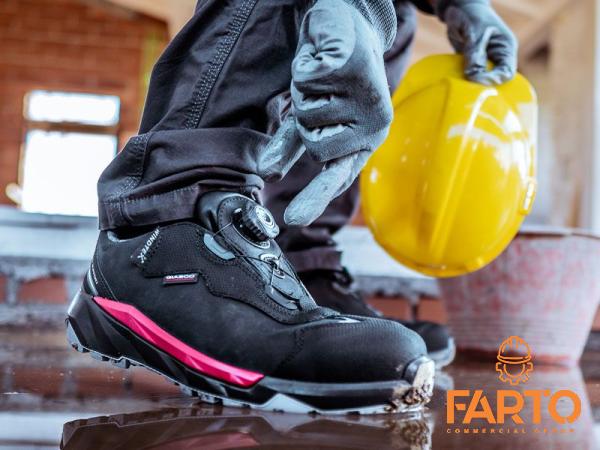 3.2. Research and Development: Companies specializing in workwear are investing in research and development to address the unique challenges faced by women in the workplace. This includes the integration of innovative design elements, utilizing feedback from female employees to ensure optimal comfort, functionality, and safety. 3.3. Collaboration with Stakeholders: Collaboration between manufacturers, end-users, and regulatory bodies is crucial to bridge the gap in the availability and quality of women’s safety workwear. Establishing open lines of communication helps identify gaps in the market and allows for the proactive development of tailored solutions. 4. Innovations in Women’s Safety Workwear: 4.1. Customizable Designs: Manufacturers are investing in designing workwear that provides adjustable features to accommodate various body types and sizes. This customization includes elements such as adjustable waistbands, reinforced knee pads, and integrated ventilation for enhanced comfort. 4.2. Ergonomic Considerations: Workwear manufacturers are incorporating ergonomic features into their designs to ensure a better fit for women, considering the differences in shape, range of motion, and body proportions.
3.2. Research and Development: Companies specializing in workwear are investing in research and development to address the unique challenges faced by women in the workplace. This includes the integration of innovative design elements, utilizing feedback from female employees to ensure optimal comfort, functionality, and safety. 3.3. Collaboration with Stakeholders: Collaboration between manufacturers, end-users, and regulatory bodies is crucial to bridge the gap in the availability and quality of women’s safety workwear. Establishing open lines of communication helps identify gaps in the market and allows for the proactive development of tailored solutions. 4. Innovations in Women’s Safety Workwear: 4.1. Customizable Designs: Manufacturers are investing in designing workwear that provides adjustable features to accommodate various body types and sizes. This customization includes elements such as adjustable waistbands, reinforced knee pads, and integrated ventilation for enhanced comfort. 4.2. Ergonomic Considerations: Workwear manufacturers are incorporating ergonomic features into their designs to ensure a better fit for women, considering the differences in shape, range of motion, and body proportions.
buy safety ware
 This includes adaptations to sleeves, leg widths, and overall garment proportions. 4.3. Enhanced Visibility and Identifiability: Special attention is being given to incorporating high-visibility elements, such as reflective panels and bright color schemes, into women’s safety workwear. This not only helps improve visibility in low-light conditions but also aids in distinguishing between male and female workers on worksites, promoting a safer working environment. 5. The Role of Organizations and Employers: 5.1. Policy Development and Enforcement: Organizations should establish comprehensive safety policies and standards that explicitly address women’s safety workwear requirements. Strict enforcement of these policies will contribute to creating a safe and inclusive work environment for all employees. 5.2. Employee Engagement and Feedback: Employers should prioritize employee engagement and seek regular feedback to understand the unique needs of their female workforce. By actively involving female employees in the decision-making process, organizations can select appropriate workwear options that cater to their specific requirements.
This includes adaptations to sleeves, leg widths, and overall garment proportions. 4.3. Enhanced Visibility and Identifiability: Special attention is being given to incorporating high-visibility elements, such as reflective panels and bright color schemes, into women’s safety workwear. This not only helps improve visibility in low-light conditions but also aids in distinguishing between male and female workers on worksites, promoting a safer working environment. 5. The Role of Organizations and Employers: 5.1. Policy Development and Enforcement: Organizations should establish comprehensive safety policies and standards that explicitly address women’s safety workwear requirements. Strict enforcement of these policies will contribute to creating a safe and inclusive work environment for all employees. 5.2. Employee Engagement and Feedback: Employers should prioritize employee engagement and seek regular feedback to understand the unique needs of their female workforce. By actively involving female employees in the decision-making process, organizations can select appropriate workwear options that cater to their specific requirements.
safety ware + buy and sell
 5.3. Supplier Collaboration: Collaborating with suppliers who specialize in women’s safety workwear can ensure a reliable supply chain of well-fitting and appropriate workwear options. Suppliers that value inclusivity and understand the unique challenges faced by women can better meet the organization’s requirements. Conclusion: The provision of appropriate and adequately designed women’s safety workwear is a fundamental requirement for promoting workplace safety, inclusivity, and empowerment. Organizations must recognize the significance of addressing this issue and take proactive steps to ensure that women have access to well-fitting, functional, and compliant workwear options. As industry awareness increases, collaborations, innovations, and advancements in technology will continue to drive the development of women’s safety workwear. By prioritizing the safety and needs of their female workforce, organizations can contribute to a safer and more inclusive workplace environment for all employees.
5.3. Supplier Collaboration: Collaborating with suppliers who specialize in women’s safety workwear can ensure a reliable supply chain of well-fitting and appropriate workwear options. Suppliers that value inclusivity and understand the unique challenges faced by women can better meet the organization’s requirements. Conclusion: The provision of appropriate and adequately designed women’s safety workwear is a fundamental requirement for promoting workplace safety, inclusivity, and empowerment. Organizations must recognize the significance of addressing this issue and take proactive steps to ensure that women have access to well-fitting, functional, and compliant workwear options. As industry awareness increases, collaborations, innovations, and advancements in technology will continue to drive the development of women’s safety workwear. By prioritizing the safety and needs of their female workforce, organizations can contribute to a safer and more inclusive workplace environment for all employees.


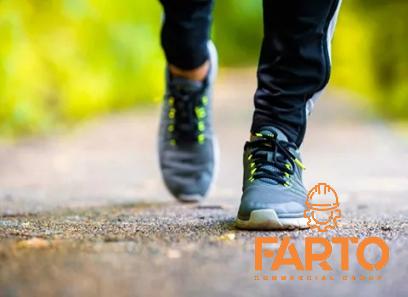

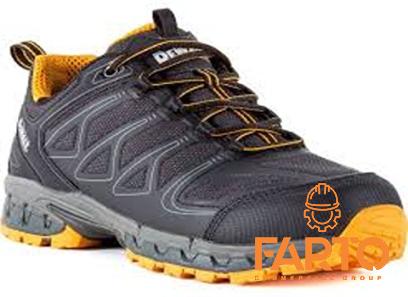



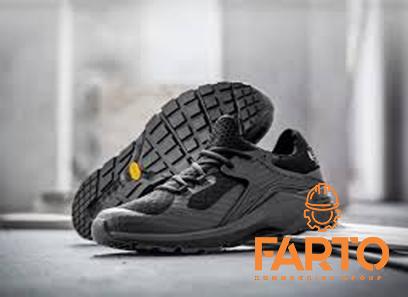
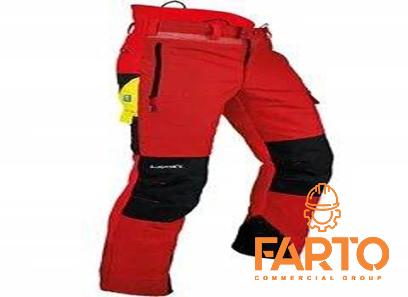
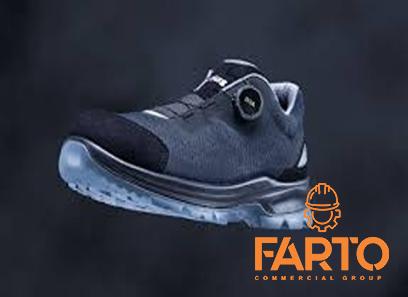
Your comment submitted.